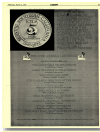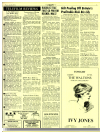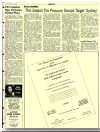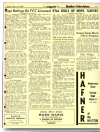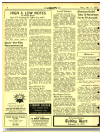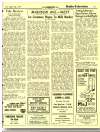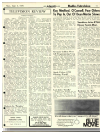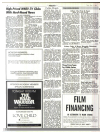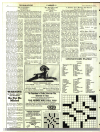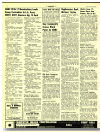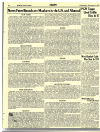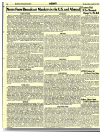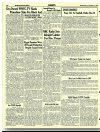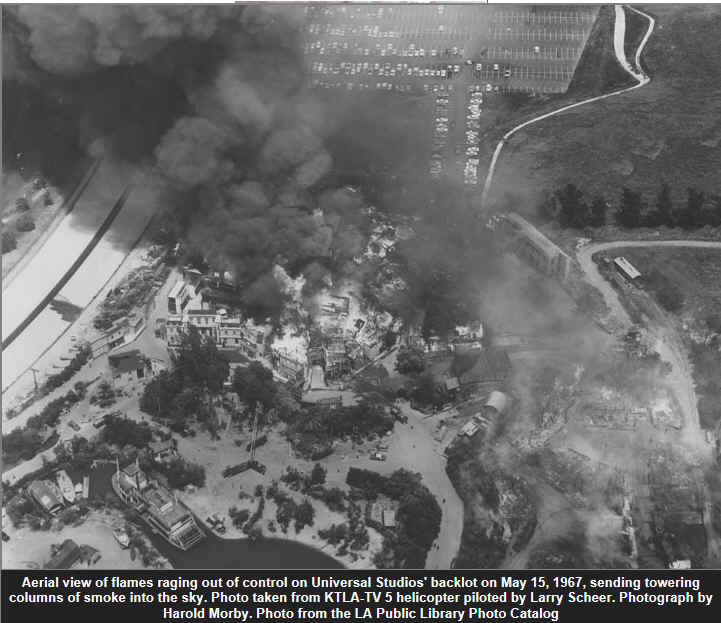|
First LIVE! Microwave
Linked Helicopter News
Reporting - KTLA-TV Los Angles California
By Ed Sharpe Archivist for
SMECC

While the struggle to be “first live” was going on between KOOL and
KTAR, the actual first had already taken place at KTLA in California many
years earlier.
Lets start in 1946... RCA had
this conception of Helicopter news coverage utilizing radio
waves to send video and sound back to the studio. This advertisement
appeared in in National Geographic and perhaps other
publications. The concept of this was in reality not
really 'new' as RCA had experience with the
BLOCK series of TV cameras that were used for remote vision on
radio controlled glider bombs. The
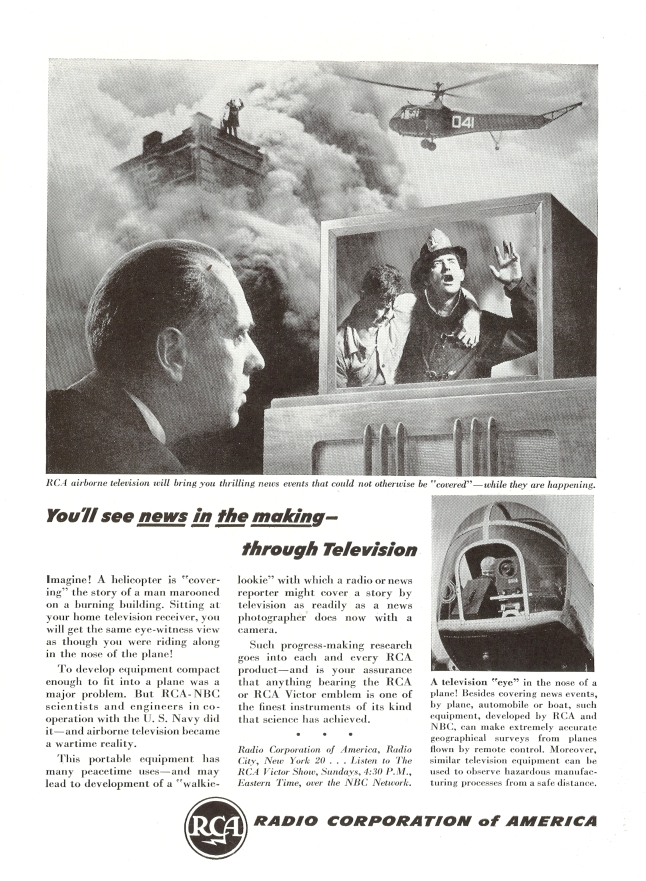
National Geographic - 1946
This was a conceptional "helicopters will be
able to report live news" ad. The plane nose is a real photo
but the helicopter and man watching it on TV are artist renderings.
Note the plane has a re-purposed WWII BLOCK system camera in the nose as used by gilded
glider bombs from WWII. After the war a number of these cameras were
used in experimental situations.
========================
from the ad ==================================================
You'll see news in the making-
through Television
RCA airborne television will bring you
thrilling news events that
could not otherwise be "covered'' - while they are
happening.
Imagine! A helicopter is "covering" the story of a man
marooned on a burning building. Sitting at your home television receiver,
you will get the same eye-witness view as though you were riding along in
the nose of the plane!
To develop equipment compact enough to lit into a plane was a major
problem. But RCA- NBC scientists and engineers in cooperation with the U.
S. Navy did it-and airborne television became a wartime reality.
This portable equipment has many peacetime uses-and may lead to
development of a "walkie-lookie" with which a radio or news
reporter might cover a story by television as readily as a news
photographer docs now with a camera.
Such progress-making research goes into each and every RCA product-and
is your assurance that anything hearing the RCA or RCA Victor emblem is
one of the finest instruments of its kind that science has achieved.
A television "eye" in the nose of a plane!
Besides covering news events, by plane, automobile or boat, such equipment,
developed by RCA and NBC, can make extremely accurate geographical surveys
from planes flown by remote control. Moreover, similar television
equipment can he used to observe hazardous manufacturing processes from a
safe distance.
Radio Corporation of America, Radio City, New York 20 .
. . Listen to The RCA Victor Show, Sundays, 4:30 P.M., Eastern Time, over
the NBC Network.
RADIO CORPORATION of AMERICA ========================
from the ad ==================================================
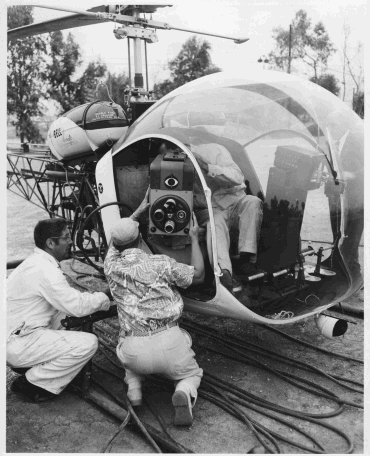
Photo - National Helicopter Service
Photo
- National Helicopter Service you need to secure permission
from them to use this
In
the early or mid 1950's, CBS Engineers place a RCA-TK-30 Camera in a
Bell Model Bell 47G2 Helicopter. The cable is probably 100 feet long and
would run down to the camera chain equipment in a remote
truck. As long as the truck could reach a point and cable up
to the helicopter the camera cable length afforded a high
perspective for the television viewers.
What a view! But... not really 'MOBILE".
KTLA-TV's chief engineer, John Silva, created the idea of a “Telecopter,”
or flying TV studio with a microwave link back to Mt. Wilson and
convinced the station to spend $40,000 on equipment that might not even
work. KTLA hired Richard Hart of National Helicopter Service
Company to provide the Bell 47-G2 and the aviation engineering
expertise to provide a stable platform for the equipment.
Silva's challenge was to trim down the equipment to a manageable
weight. The Bell G-2 was put on a trailer and stashed
behind Richard Hart's House. Surrounded by trees, away from the
prying eyes of the competition, they began assembling all the parts in
strict secrecy.
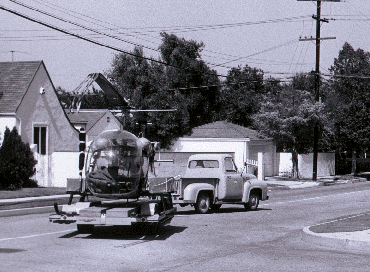
Photo - National Helicopter Service
Down the street and
into the yard! Surrounded by
trees, away from the prying eyes of the competition, they began assembling
all the parts in strict secrecy.
Photo
- National Helicopter Service you need to secure permission
from them to use this
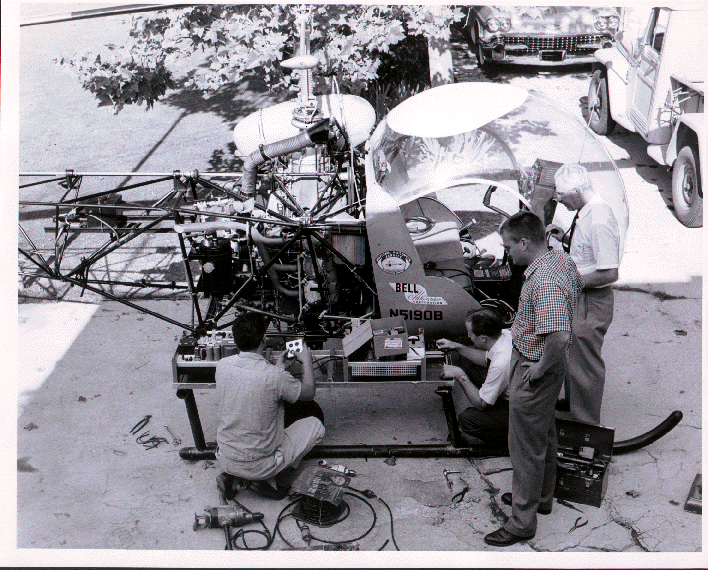
Photo - National Helicopter Service
The side racks carried a lot of the equipment. Dick Hart is in the
checked shirt.
Photo
- National Helicopter Service you need to secure permission
from them to use this
On July 3, 1958, Silva and pilot
Bob Gilbreath, vice-president of National Helicopter, took the
first flight to test the equipment.
The engineers on the ground radioed that they were not getting any video.
While Gilbreath
hovered, Silva stepped out onto the skid, unlatched the box holding the
microwave transmitter, and discovered that one of the vacuum tubes was not
functioning.
That evening Silva improved the insulation and cushioning of the box to
protect the tubes from excessive heat and vibration. On July 4th they went
up again. When Silva aimed the hand-held camera toward Hollywood homes,
this time the excited engineers on the ground reported seeing the images.
Years later John Silva told Air & Space magazine, “I never thought
about being a pioneer, all I ever wanted to do was get us there and get
the picture—before the competition got it.”
From that moment on, TV news was never the same.
"The Telecopter became the envy of every news department in the
country and it was many years before anyone was able to match it,"
veteran KTLA reporter Stan Chambers recalled in his 2008 book "KTLA's
News at Ten."
Even then, being first was everything.
==========================================================================
National Helicopter Service and Engineering Company
National Helicopter, in business since 1957, has achieved worldwide
stature and a reputation as the "can do" helicopter service.
SMCC
Statement of Helicopter
News with emphasis on
Arizona's Sky 12
In the beginning...
Journalists longed
for a 'high eyepoint' view
of things when reporting news
stories. A plane or a helicopter offered
a lofty vantage point of a
breaking news story or traffic condition.
KTLA had
been first to have a microwave system
equipped helicopter in 1958. This 'KTLA TELECOPTER'
was provisioned and modified by
and Richard Hart Sr.
Of National Helicopter
Service and Engineering Company John
Silva at KTLA in Los Angles.
We were fortunate to be able to interview Richard
Hart II President of National Helicopter Service and Engineering Company
on some of the history. Richard , the
some of the founder, grew up since childhood
in the industry and
witnessed the 'secret'
construction project that
took place in the family's
back year as the KTLA TELECOPTER came together....
Ed-
," how did the relationship between National Helicopter Service and
KTLA start?
Richard
- We were really the only
company at the time in Los Angeles that was doing photography in a
specialized manner. We also had supplied helicopters, pilots and other
equipment to several movies and television shows and were already becoming
well known for that, as these industries are somewhat connected , we got
together. As you have seen from other photos, we had also put studio
cameras in the aircraft that were still connected to the ground by their
cables and hovered over special events.
|
 Photo
- National Helicopter Service you need to secure permission
from them to use this Photo
- National Helicopter Service you need to secure permission
from them to use this
|
In
the early or mid 1950's, CBS Engineers place a RCA-TK-30 Camera in a
Bell Model Bell 47G2 Helicopter. The cable is probably 100 feet long and
would run down to the camera chain equipment in a remote
truck. As long as the truck could reach a point and cable up
to the helicopter the camera cable length afforded a high
perspective for the television viewers
|
Ed
- Who owned the KTLA TELECOPTER when it was finished??
Richard
- National Helicopter owned
the helicopter and KTLA owned the equipment, several years later KTLA
purchased the entire system from us, mostly because by that point the
pilot and camera operator wanted to be employees of KTLA and part of the
union and convinced Gene Autry, who was really into aviation anyway, to
buy the package from National. They, the pilot and cameraman, made the
situation impossible for us to continue the relationship as they
constantly complained to KTLA that they (again the pilot and cameraman)
could manage the operation better than we could.
Ed-
- How long did it take to outfit the KTLA TELECOPTER?
Richard
- I was very young but I
think it was just a matter of weeks.
Ed
- Who were the first TELECOPTER pilot?
Richard
- The first pilot was Bob
Gilbreath, our vice-president at the time.
Ed
- Were pilots employees of National Helicopter Service or KTLA?.
Richard
- At first they were our
pilots.
Ed
- Were pilots just pilots or were they also journalists?
Richard
- They were not journalists
although they began to see themselves as somewhat elite. I don't really
understand that because it did not take any special flying skills to
operate the telecopter at that time, probably because they began to
believe they were celebrities. I don't believe they are journalists now
either, at least they don't report like a journalist.
Ed
- did the early pilots run camera and fly at the same time or was there
always a separate camera man?
Richard -
There was always a camera operator, still is today most of the time.
Ed
- Looking back on News Helicopters for television, what events were
key in raising the awareness of stations and made the 'News Helicopter' a
'MUST HAVE'?
Richard -
Up until the Baldwin Hills Dam and the Bel Air Fire, it was
impossible to convince any other station in the country to invest in a
telecopter, their comments generally were along the lines of "what do
we need that for". If you recall at the time there were very few
local news stations and the news was generally about 15 minutes in length.
Televisions were actually few and far between compared to radio and radio
was the main source of what we now call breaking news. However that
changed once the public saw the dramatic pictures provided live over a
disaster, once the reaction of the public was observed by other stations,
that being the public instantly going to KTLA anytime a big story that
could be seen from the air occurred, their doors opened and the telecopter
starting being planned for in their budgets.
Ed-
What other stations had you help them after the proven success of this
KTLA TELECOPTER?
Richard - We
were involved in the telecopter developments of KNBC, KCBS locally as well
as several, probably close to 10, stations around the country that I don't
recall or have records for. Remember, to us this was just another job for
the helicopters, it was not treated as anything particularly special. We
still operate telecopters today and have continued since the beginning.
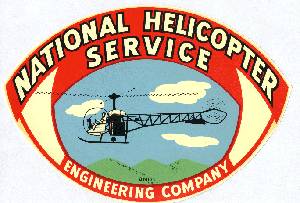
IF YOU USE LOGO YOU NEED TO
CLEAR WITH NATIONAL HELICOPTER
ongoing disaster such as the Baldwin Hills
Dam collapse in December 11, 1963.
Yes 40
years ago... This event
became THE worldwide
introduction of how useful helicopter news coverage
could be
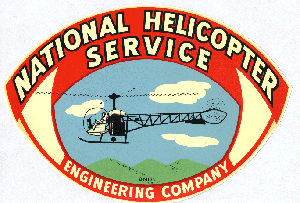
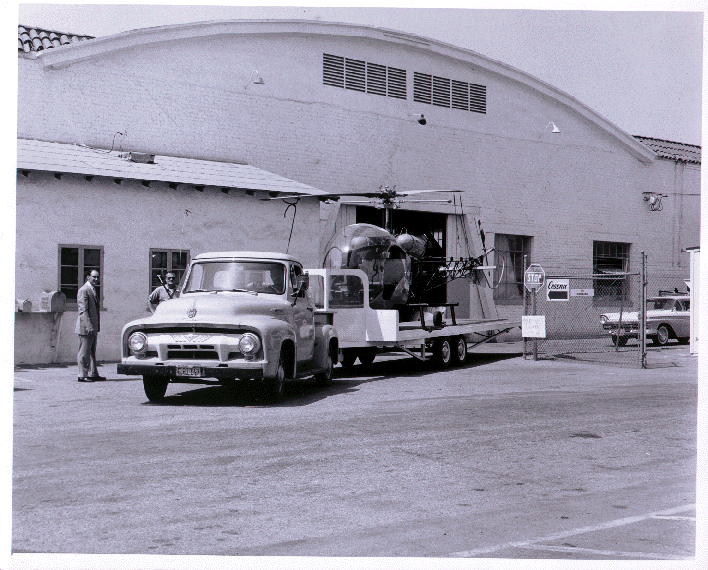
Helicopter just put on trailer for trip to North Hollywood backyard of
Dick Hart's house for somewhat secret project of creating the first "Telecopter".
That's Dick Hart standing closest to the truck.
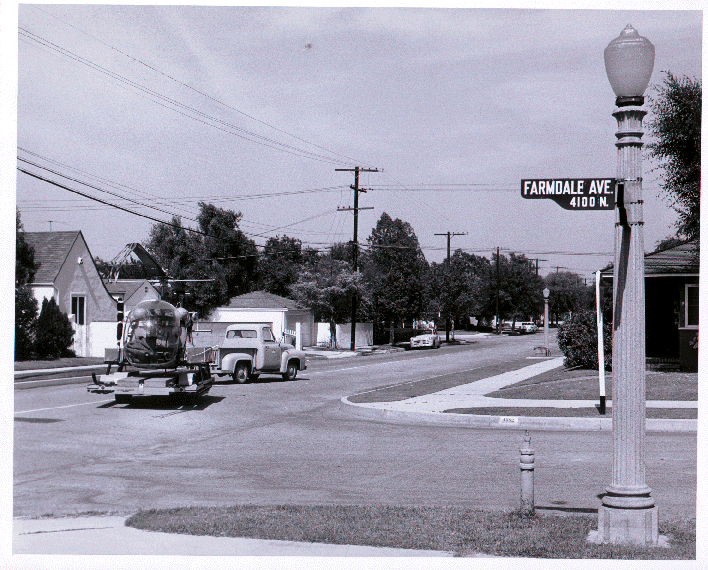
Preparing to back up into driveway of Dick Hart's house on Farmdale
Ave. in North Hollywood.
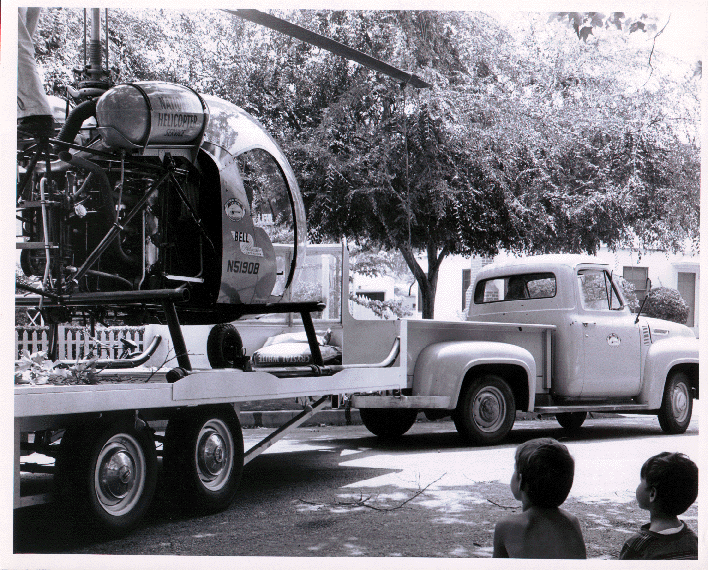
Continuing to back up into driveway. It's pretty cool to be the only
kid on the block with a helicopter in your back yard.
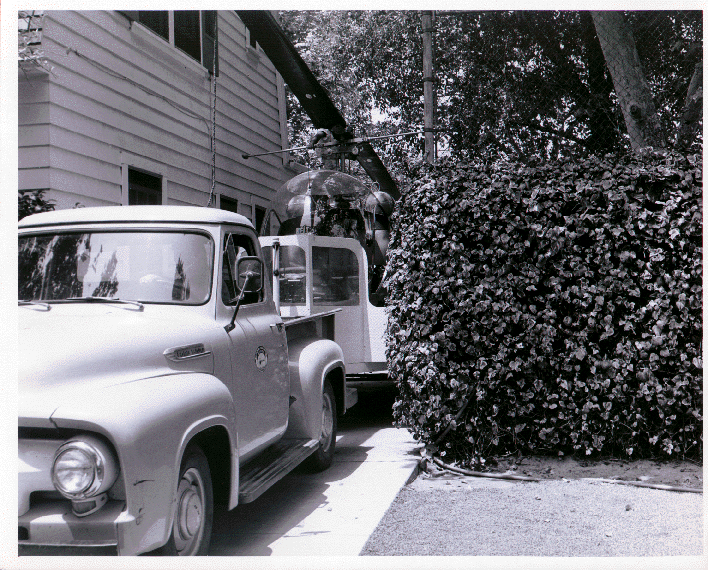
Backing down the side of the house. This house still stands, although
the original several acre yard was subdivided many years ago. The back
yard had a large
2 story garage with lost of space for this project.
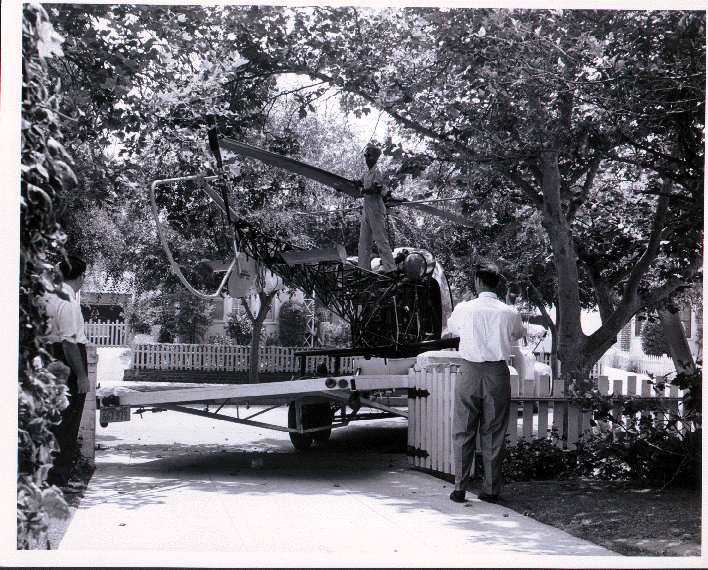
Tight fit, trees were a small problem.
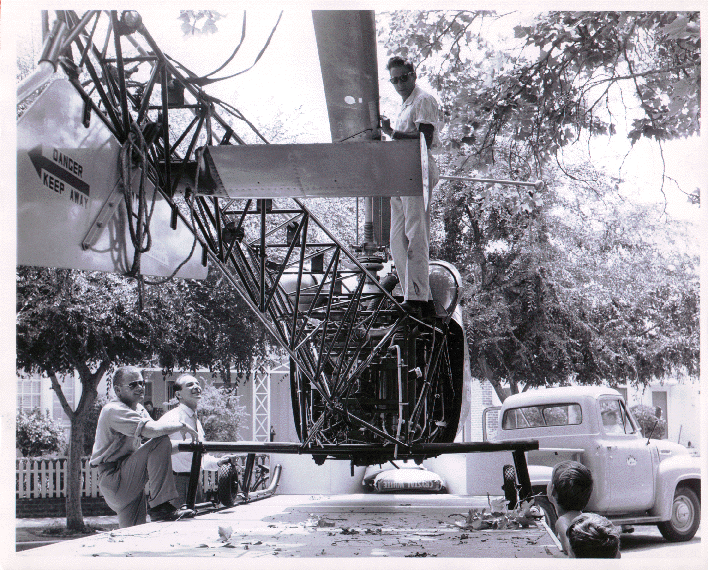
Got it figured out with we kids' expert help.
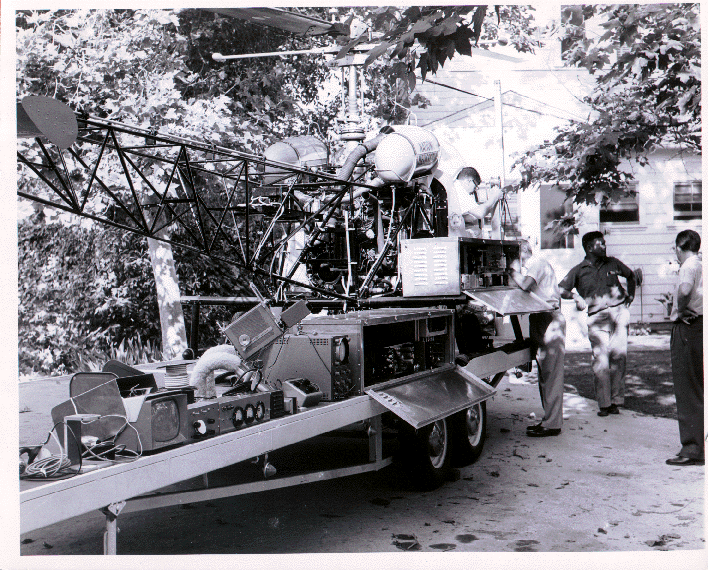
Had to figure out how to put this much stuff into the aircraft. An
amazing amount of ingenuity had to be used to make this work.

We used side racks to carry a lot of the equipment. Dick Hart is in the
checked shirt. Be nice to still have at least one of the two cars in the
background.
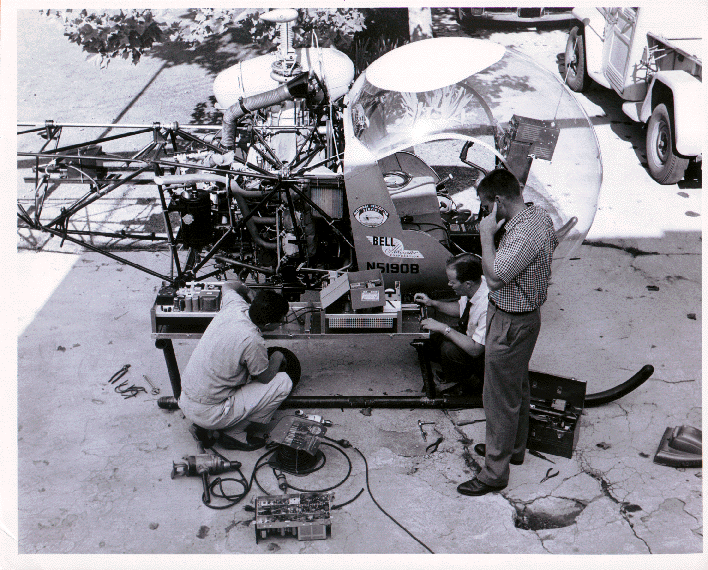
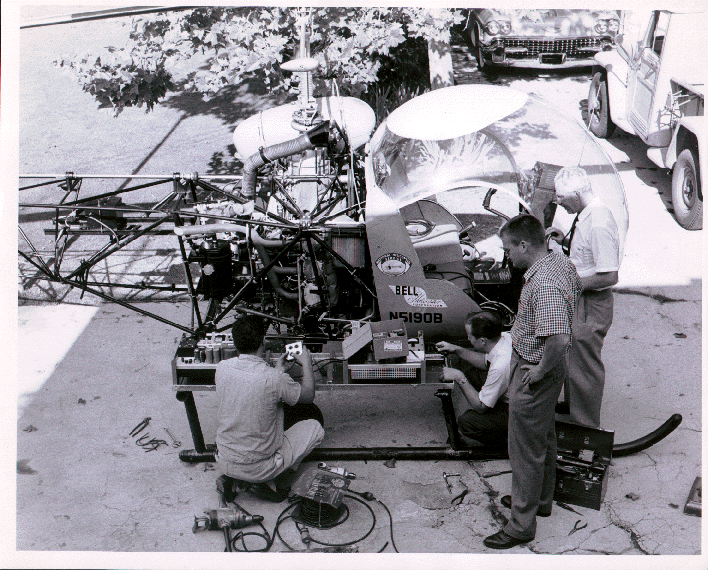
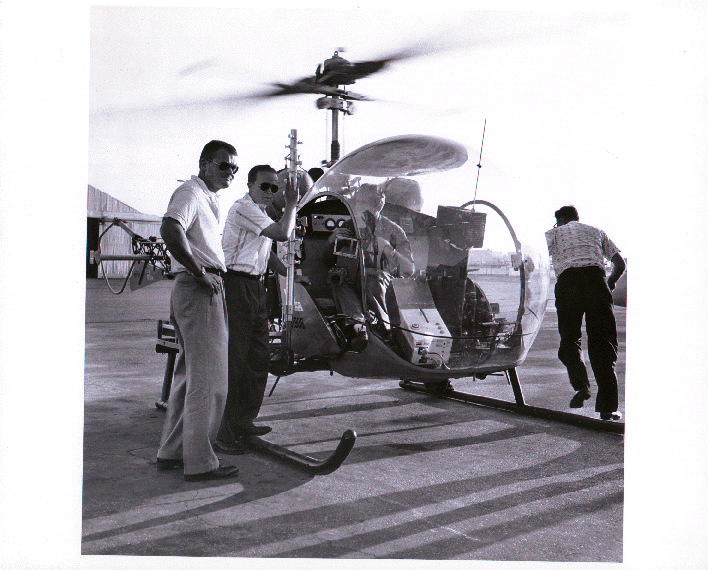
First test flight.
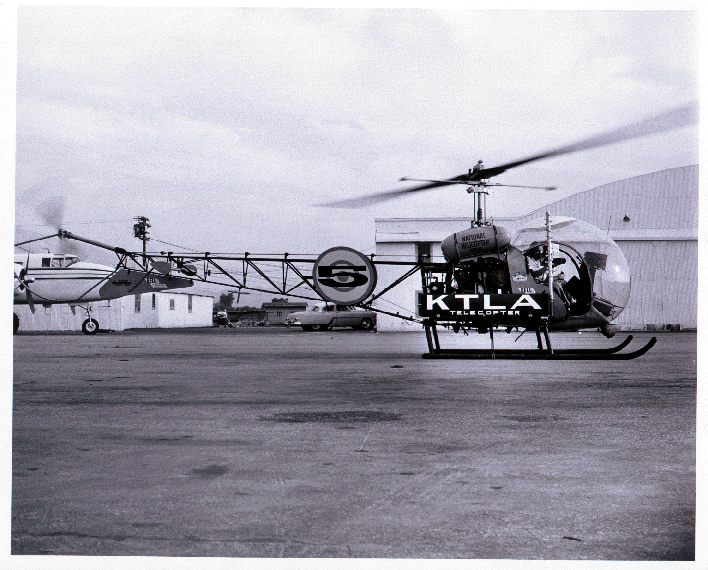
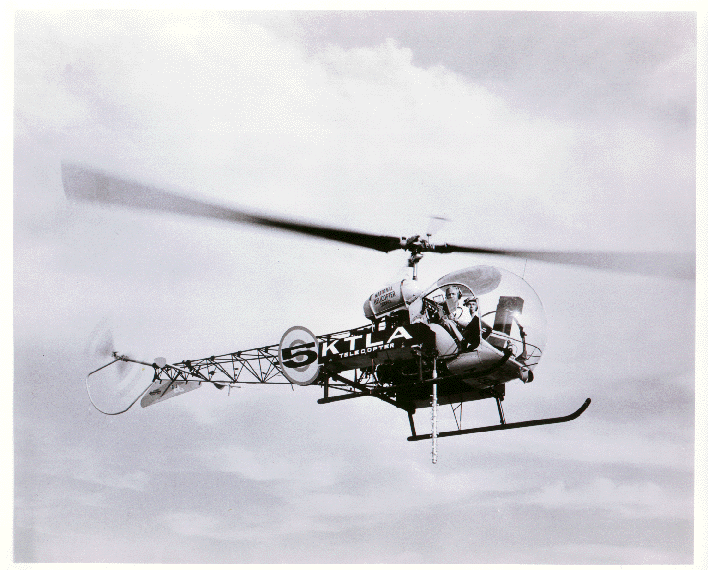
Fully operational.
|



























